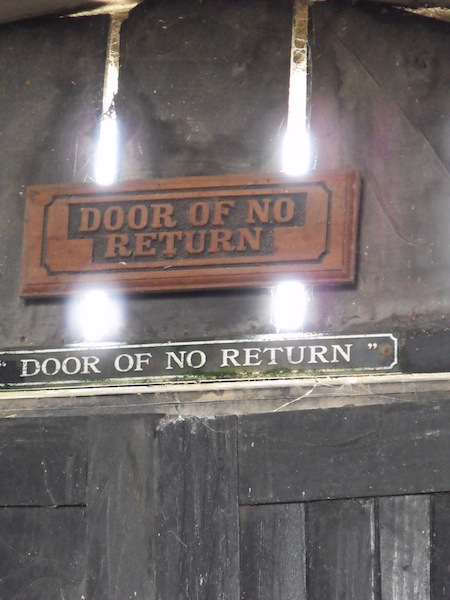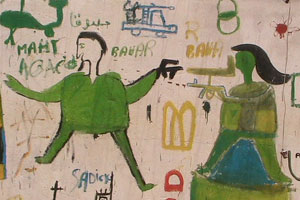by Deborah Dimmett
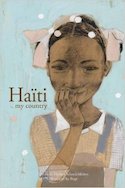 Books about Haiti had a slight resurgence in the area of children’s literature after the 2010 earthquake. However, few books have made it in print in the language Haitian children know best – Creole. It has been easy for publishers to overlook this market for many reasons. Among them is that those in Haiti who can afford to purchase books are fluent in French as well as Creole. But Haiti’s population is estimated at nearly 10 million, nearly all of whom speak Creole with approximately 10% who are actually fluent in French. This raises the question as to why books in Creole are not nearly as plentiful as books in French. In a country where adult literacy has been stagnant at 48.7% Continue reading
Books about Haiti had a slight resurgence in the area of children’s literature after the 2010 earthquake. However, few books have made it in print in the language Haitian children know best – Creole. It has been easy for publishers to overlook this market for many reasons. Among them is that those in Haiti who can afford to purchase books are fluent in French as well as Creole. But Haiti’s population is estimated at nearly 10 million, nearly all of whom speak Creole with approximately 10% who are actually fluent in French. This raises the question as to why books in Creole are not nearly as plentiful as books in French. In a country where adult literacy has been stagnant at 48.7% Continue reading


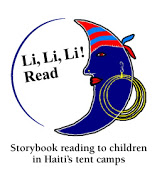
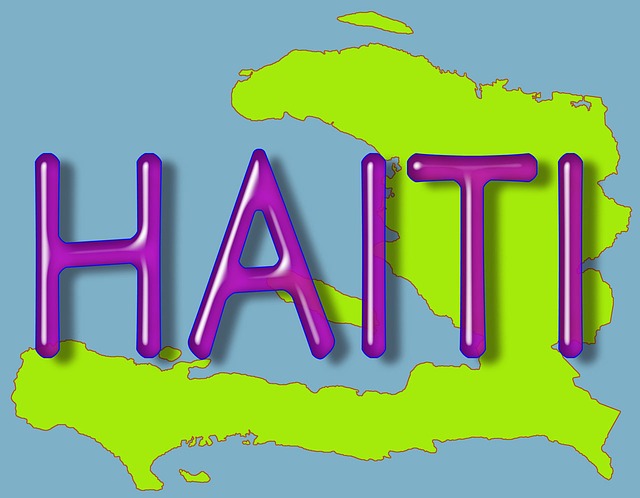
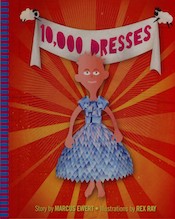
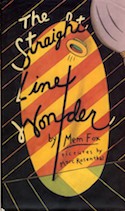 In the first two posts of this series, I briefly discussed the history of picture books with LGBT characters and provided a general overview of the representations of the LGBT characters. This week I look at books where the characters are not explicitly named or depicted as LGBT, but where they are portrayed in ways that imply an LGBT sexual orientation.
In the first two posts of this series, I briefly discussed the history of picture books with LGBT characters and provided a general overview of the representations of the LGBT characters. This week I look at books where the characters are not explicitly named or depicted as LGBT, but where they are portrayed in ways that imply an LGBT sexual orientation.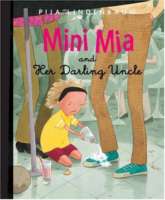 The collection of children’s picture books with LGBT characters began growing steadily when Heather Has Two Mommies (Newman, 1989) was published 25 years ago. With a few books added most years, there are currently over 100 books in this collection, which fall into five general categories: books with lesbian characters, books with gay characters, books with transgender characters, books with implied LGBT characters, and nonfiction books about families which include a gay or lesbian parent. In this categorization system, I have separated the books with lesbian, gay, and transgender characters
The collection of children’s picture books with LGBT characters began growing steadily when Heather Has Two Mommies (Newman, 1989) was published 25 years ago. With a few books added most years, there are currently over 100 books in this collection, which fall into five general categories: books with lesbian characters, books with gay characters, books with transgender characters, books with implied LGBT characters, and nonfiction books about families which include a gay or lesbian parent. In this categorization system, I have separated the books with lesbian, gay, and transgender characters 